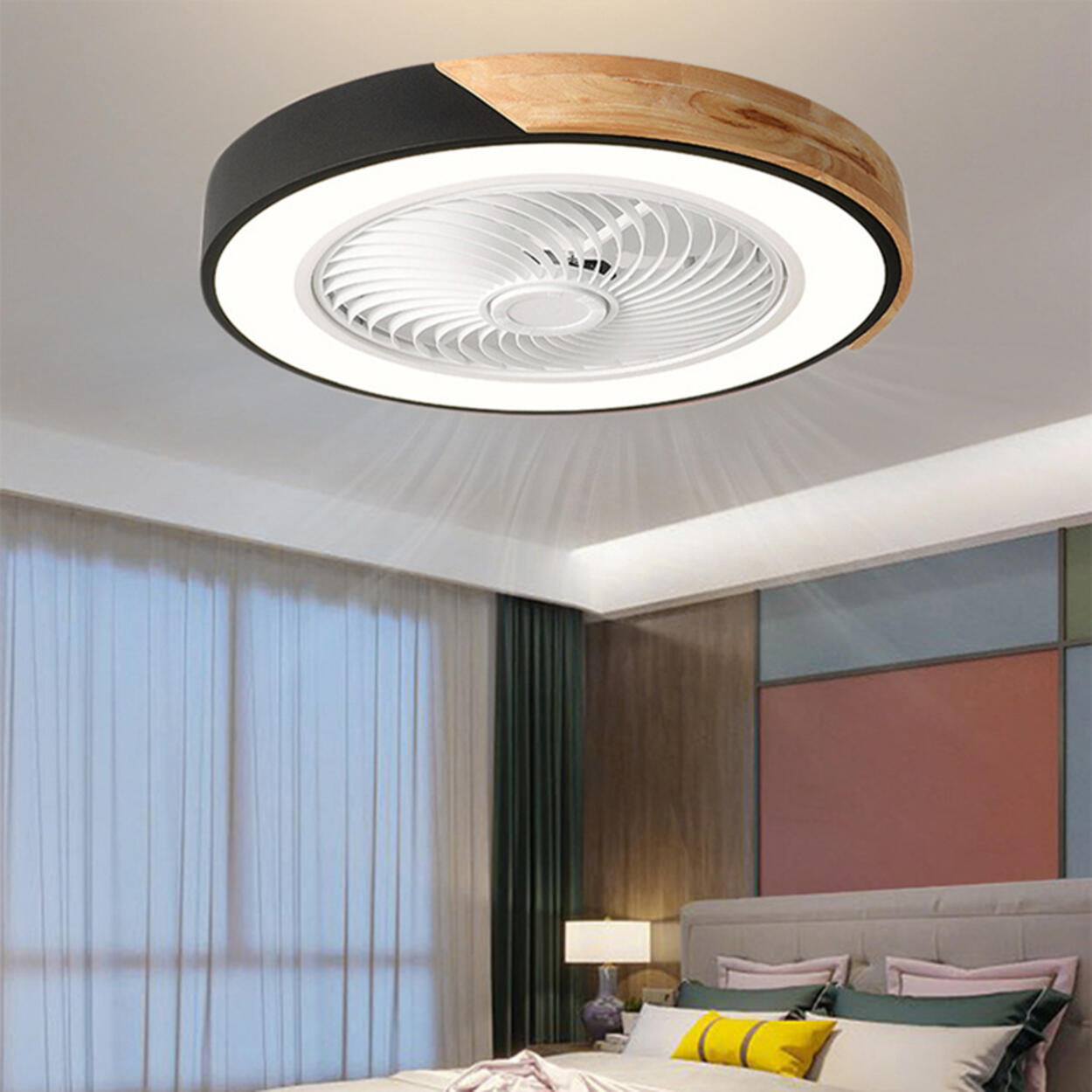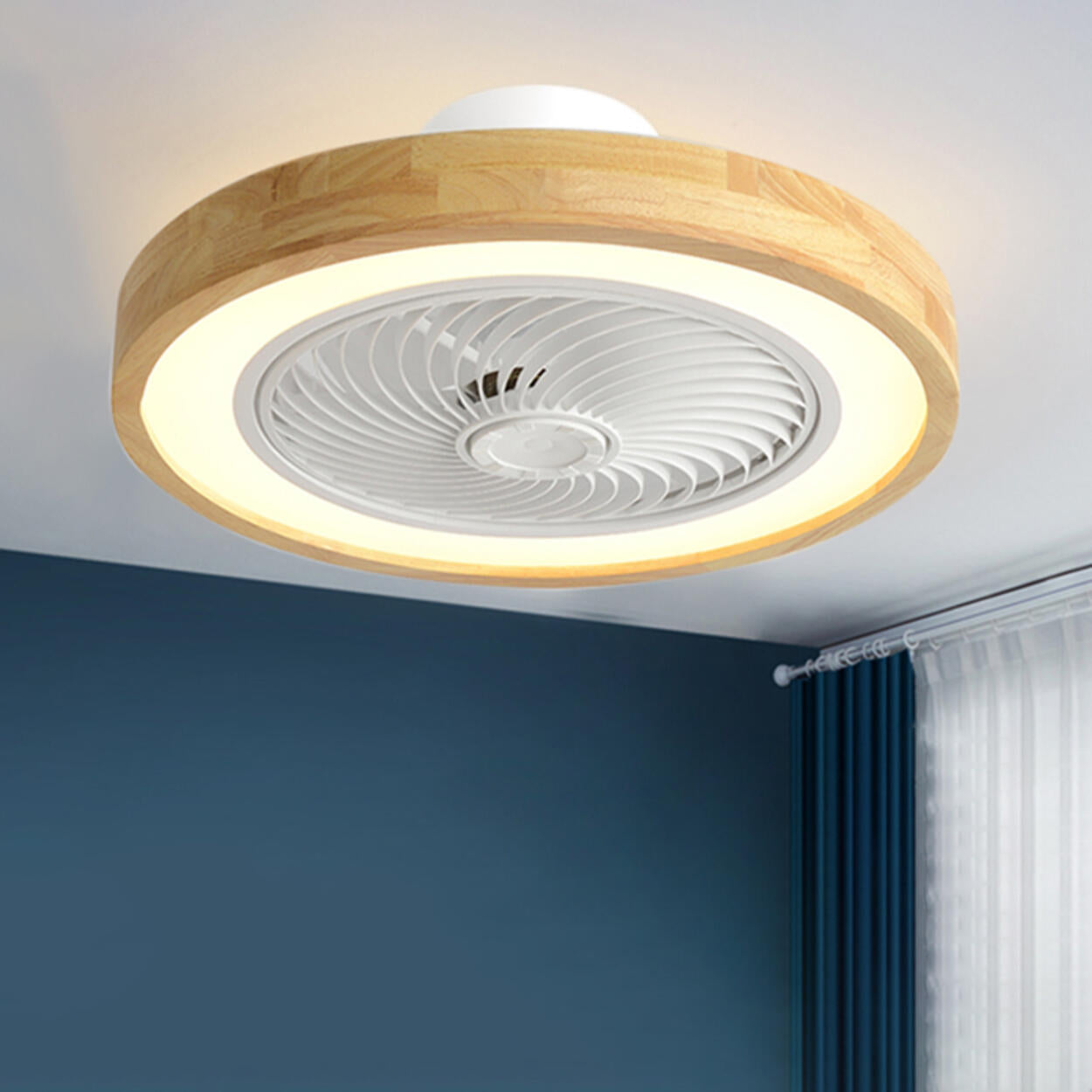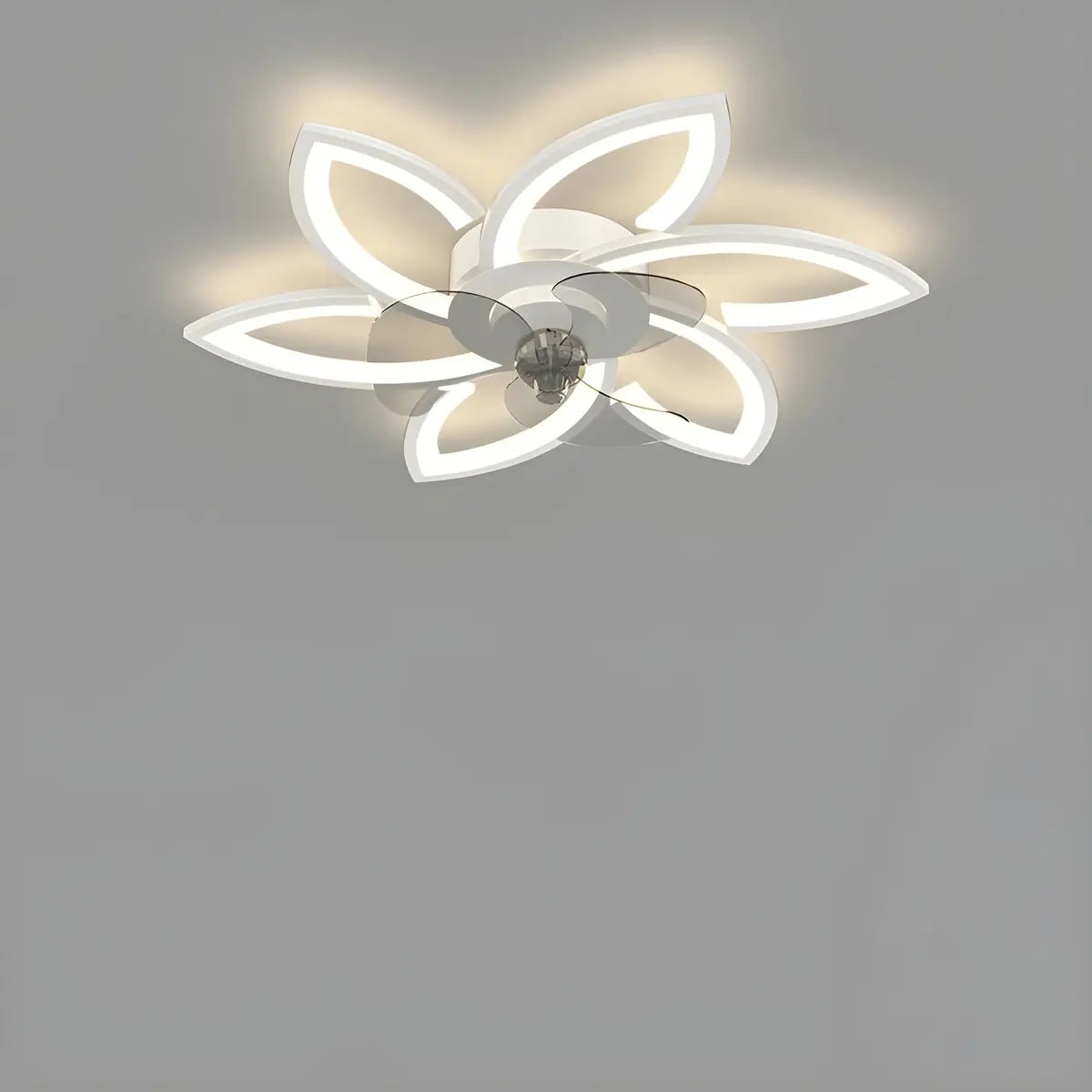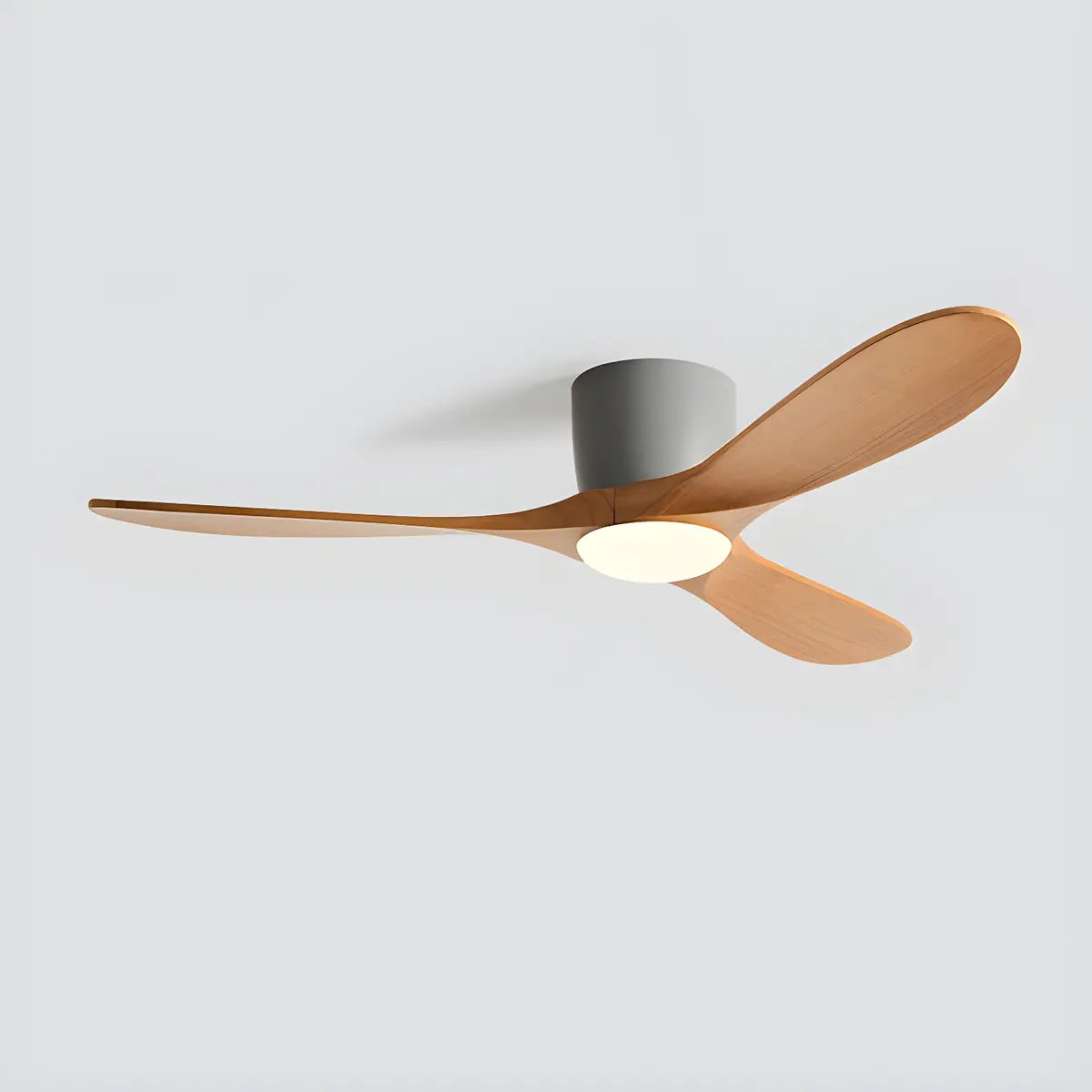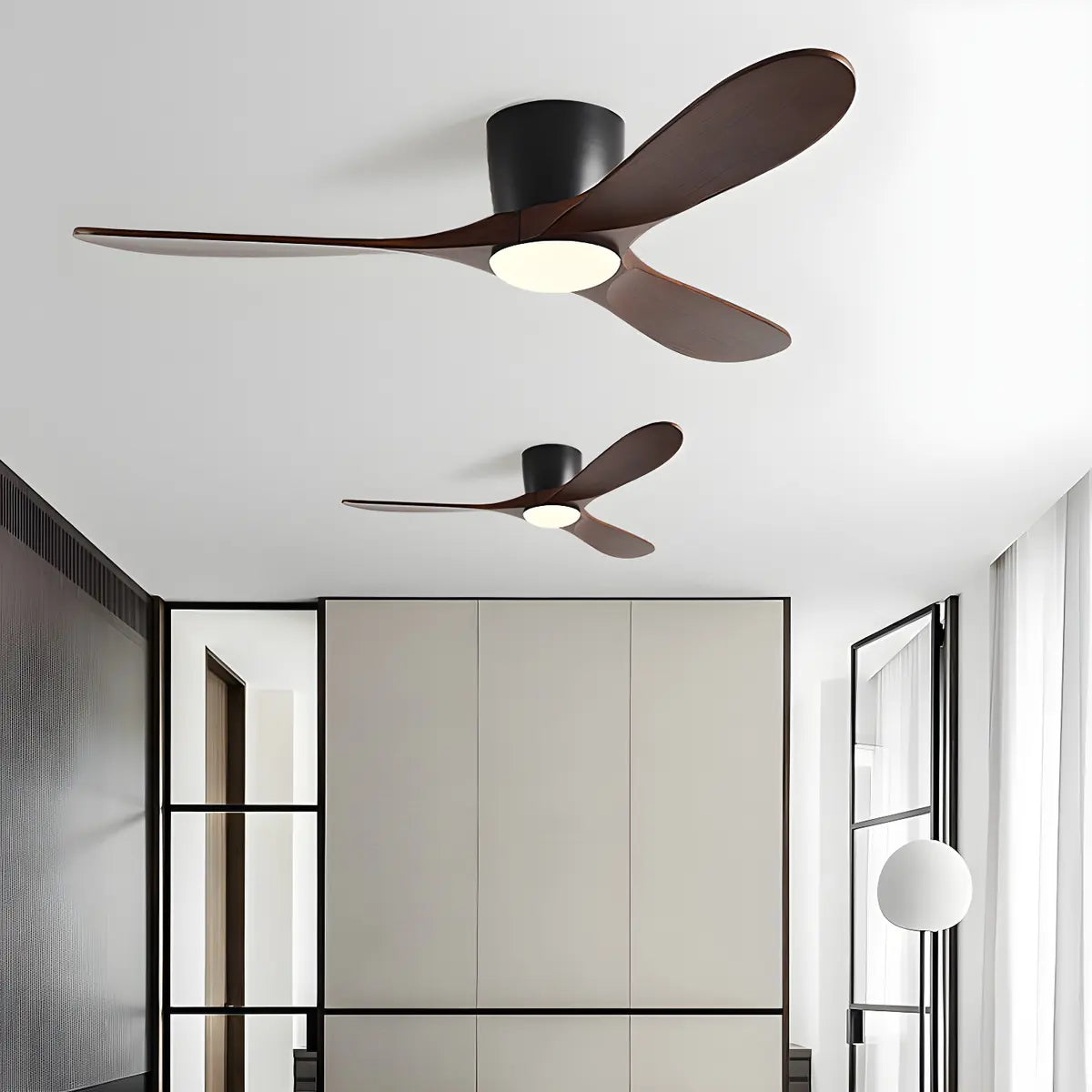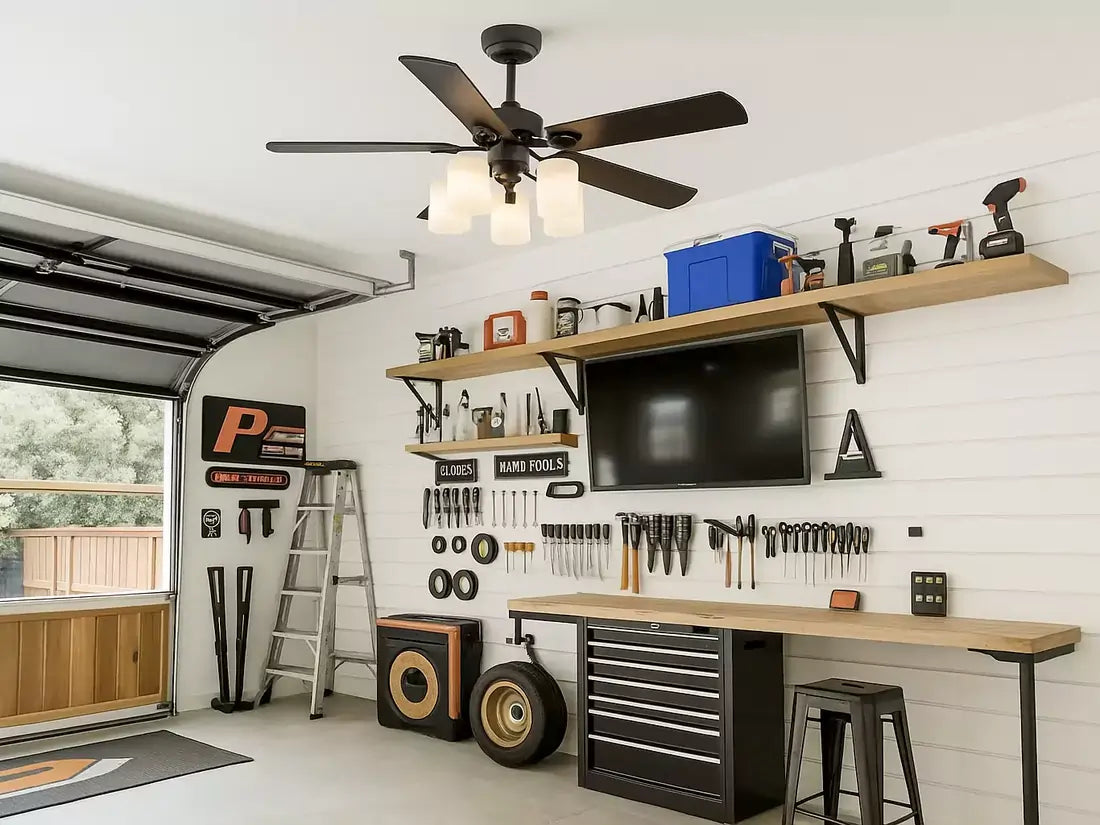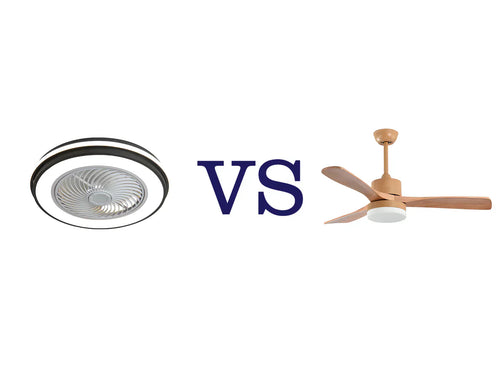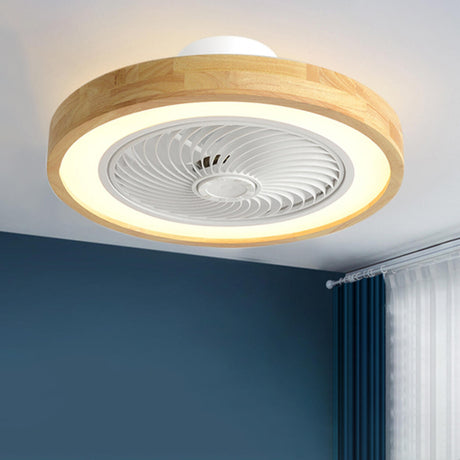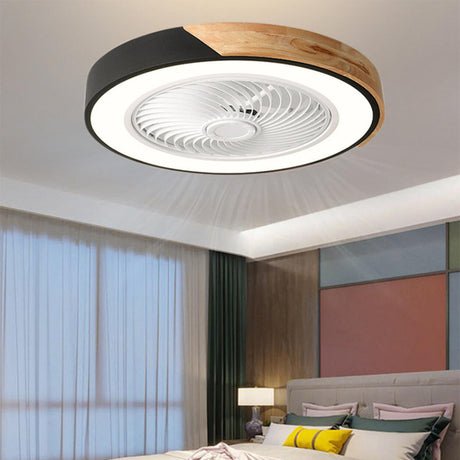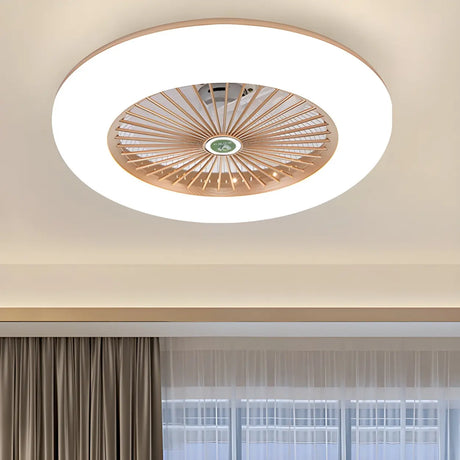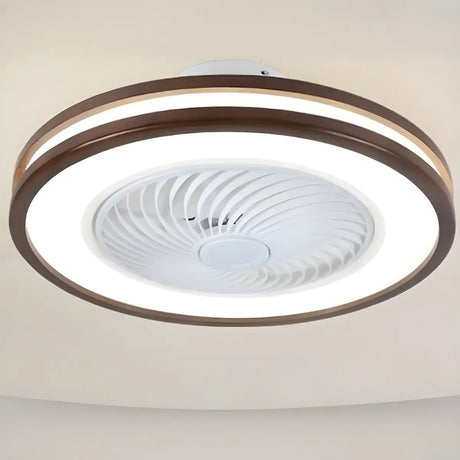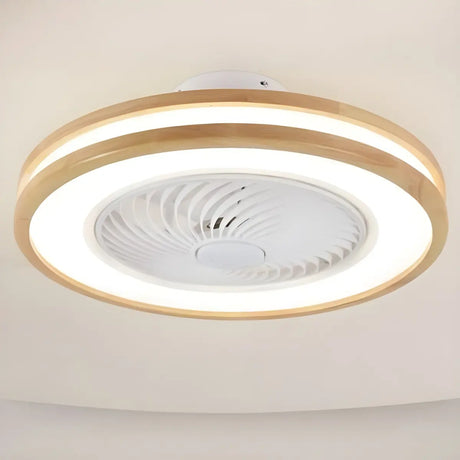Bladeless ceiling fans have been gaining attention as a modern alternative to traditional fans. But what exactly are they, and do they actually deliver on their promises?
Table of Contents
What Are Bladeless Ceiling Fans?
A bladeless ceiling fan is a ventilation device that moves air without visible spinning blades. Instead of the traditional fan design with exposed blades, these units hide their internal components inside a sleek housing. The result is a smooth, uninterrupted ring or disc shape mounted to your ceiling.
The term "bladeless" can be misleading. These fans do have blades, but they're tucked away inside the base unit where you can't see them. The visible part is just the air outlet that distributes the airflow throughout the room.
Discover our top bladeless ceiling fan recommendations for a sleek and modern cooling solution.
Advantages
Bladeless ceiling fans offer several benefits that make them appealing:
- Safety first: No exposed blades means less risk of injury. This matters especially in homes with children or pets.
- Easier cleaning: Without blade surfaces collecting dust, maintenance becomes simpler. A quick wipe-down of the outer surface is usually enough.
- Quieter operation: Many models run more quietly than traditional fans because the blades are enclosed.
- Modern aesthetics: The minimalist design fits well in contemporary interiors.
Drawbacks
But they're not perfect. Here are the main limitations:
- Higher cost: Bladeless fans typically cost 2-3 times more than comparable traditional ceiling fans.
- Less airflow: Most bladeless models move less air than traditional fans of similar size.
- Limited cooling power: They work better for air circulation than for serious cooling in hot weather.
How Do Bladeless Ceiling Fans Work?
The technology behind bladeless fans isn't as mysterious as it looks. Understanding the mechanism helps explain both their benefits and limitations.
Air Multiplier Technology
Most bladeless ceiling fans use a principle called air multiplication. Here's the basic process:
The motor inside the base unit spins hidden impeller blades. These blades draw air up from the room through intake vents. The air then gets forced through a narrow channel or annular opening. As it exits at high speed, it pulls in surrounding air through a process called entrainment. This amplifies the total airflow by several times the original volume.

The Coanda Effect
Some bladeless fans also utilize the Coanda effect. This is when a fluid (like air) tends to follow a curved surface. The fan directs air along a curved ramp inside the unit. This creates a smooth, focused stream of air that travels further into the room before dispersing.
The combination of air multiplication and directed airflow allows these fans to move more air than you'd expect from their compact motor size. However, the physics involved also means they can't match the raw power of large traditional fan blades.
Do Bladeless Ceiling Fans Really Work and Are They Worth It?
Yes, they work. Bladeless ceiling fans do move air and create cooling through airflow on your skin. However, they produce less airflow than traditional ceiling fans of similar size. This means they're suitable for small to medium rooms (up to 250 square feet) but may feel underwhelming in larger spaces or very hot climates.
Whether they're worth the investment depends on your priorities and situation.
When Bladeless Fans Make Sense
Consider a bladeless ceiling fan if:
- You have young children or pets and worry about blade safety
- Noise is a significant concern in your space
- You want a contemporary look and are willing to pay for it
- Your room is small to medium-sized
- You have dust allergies and want easier cleaning
These fans work well in bedrooms, rooms with low ceilings, and spaces with modern decor where their benefits outweigh the higher cost.
When to Choose Traditional Fans Instead
Stick with traditional fans if:
- You need maximum cooling in a large space
- Budget is a primary concern
- You live in a very hot climate and rely heavily on fans
- You prefer having many design choices
Traditional fans deliver more airflow for the money. They're better for large living rooms, open-concept spaces, and any area where cooling power matters most.
Quick Comparison
| Feature | Bladeless | Traditional |
|---|---|---|
| Airflow volume | Moderate | High |
| Noise level | Low | Varies |
| Safety | High | Moderate |
| Maintenance | Easy | Moderate |
| Price range | $200-$600+ | $50-$300 |
| Design options | Limited | Extensive |
Read our detailed bladeless vs regular ceiling fans comparison to make an informed decision.
The Bottom Line
Bladeless ceiling fans are a legitimate technology that works, not just a gimmick. They successfully address safety concerns, reduce noise, and offer a clean modern look. The air multiplication technology is real and functional.
However, they're not a superior replacement for traditional ceiling fans in all situations. They cost more and generally produce less airflow. Think of them as a specialized tool rather than an upgrade.
For the right room and the right priorities, a bladeless ceiling fan can be an excellent choice. Just go in with realistic expectations about their cooling capacity and be prepared to pay a premium for their unique benefits.
FAQ
Are bladeless ceiling fans truly bladeless?
Are bladeless ceiling fans truly bladeless?
No, not really. They do have blades, but these are hidden inside the base unit. The visible part you see is just the outer housing and air outlet. The internal blades draw air in and push it through the system. So "bladeless" refers to the external appearance, not the actual mechanism.
Are bladeless ceiling fans safer than traditional fans?
Are bladeless ceiling fans safer than traditional fans?
Yes, they're generally safer. With no exposed spinning blades, there's less risk of accidents. This makes them a better choice for homes with curious children or playful pets. You also don't have to worry about fingers, toys, or clothing getting caught in the blades. However, any electrical appliance requires basic safety precautions.
Do bladeless ceiling fans use more electricity?
Do bladeless ceiling fans use more electricity?
Not necessarily. Power consumption depends more on the motor efficiency than the fan design. Most bladeless ceiling fans use between 20-60 watts, similar to many traditional fans. Some high-end bladeless models are actually quite energy-efficient. Check the specific wattage ratings when comparing models. The operating cost difference is usually negligible.
How do you clean a bladeless ceiling fan?
How do you clean a bladeless ceiling fan?
Cleaning is straightforward. Simply wipe down the outer surfaces with a damp cloth. For the air intake vents in the base, use a vacuum cleaner attachment or a soft brush. Since there are no blade tops collecting dust, the job takes less time than cleaning traditional fans. Most manufacturers recommend cleaning monthly in normal conditions.
Can bladeless ceiling fans cool a room as effectively as traditional fans?
Can bladeless ceiling fans cool a room as effectively as traditional fans?
In most cases, no. Traditional ceiling fans typically move more air volume, creating a stronger cooling effect. Bladeless fans produce a more focused airflow that works well in smaller spaces but can't match the broad circulation of large traditional blades. For maximum cooling power, especially in large rooms or hot climates, traditional fans still have the advantage.




























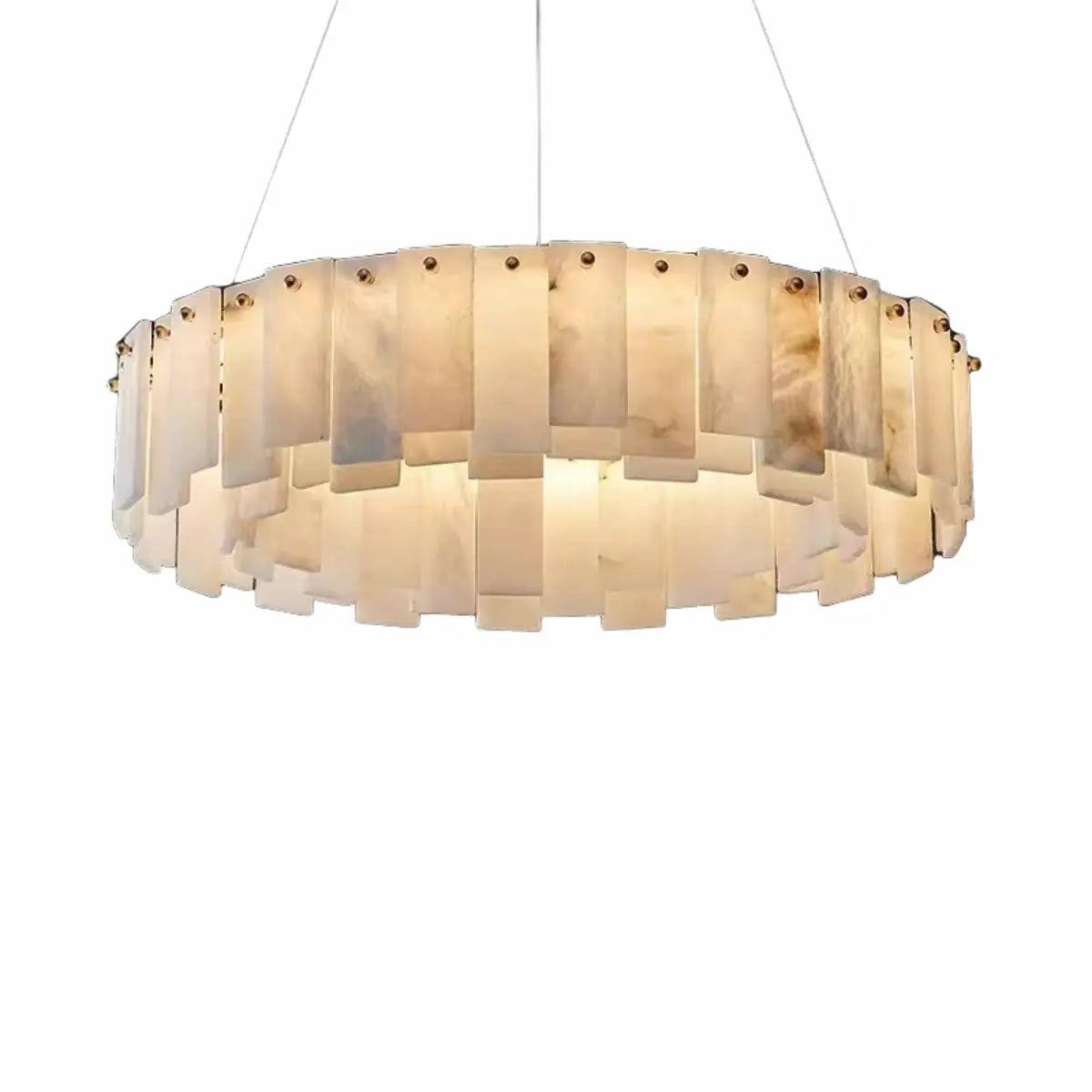











![10 Best Floor Lamp for Reading [2025 Review]](http://www.homebaa.com/cdn/shop/articles/banner_c990b0a4-4743-4902-b6be-5609f7a21a90.webp?v=1747357941)











![How to Choose the Coffee Table Height? [2025 Newest Guide]](http://www.homebaa.com/cdn/shop/articles/coffee-table-height.webp?v=1749523259)


